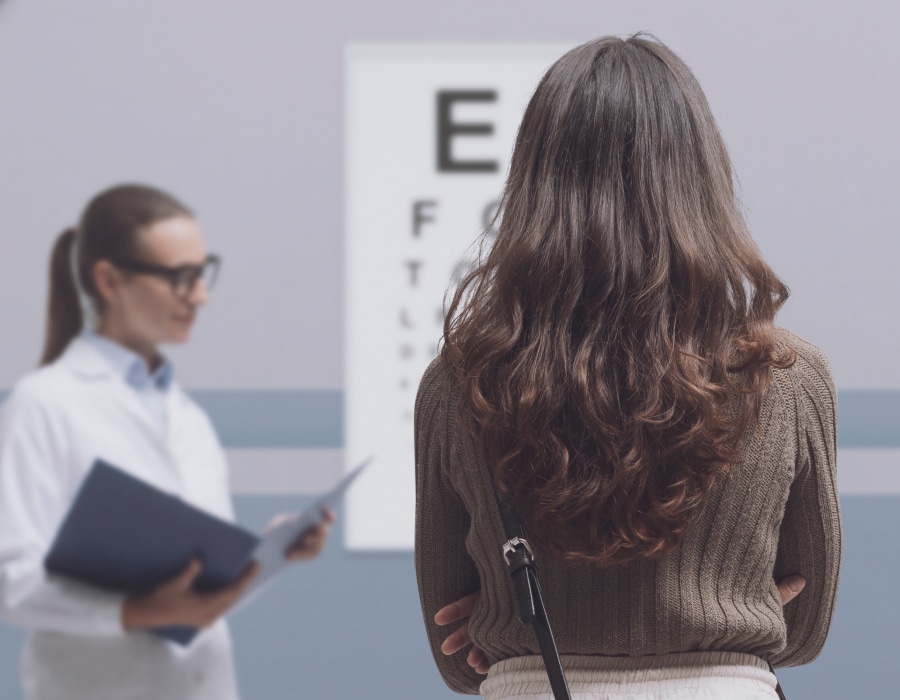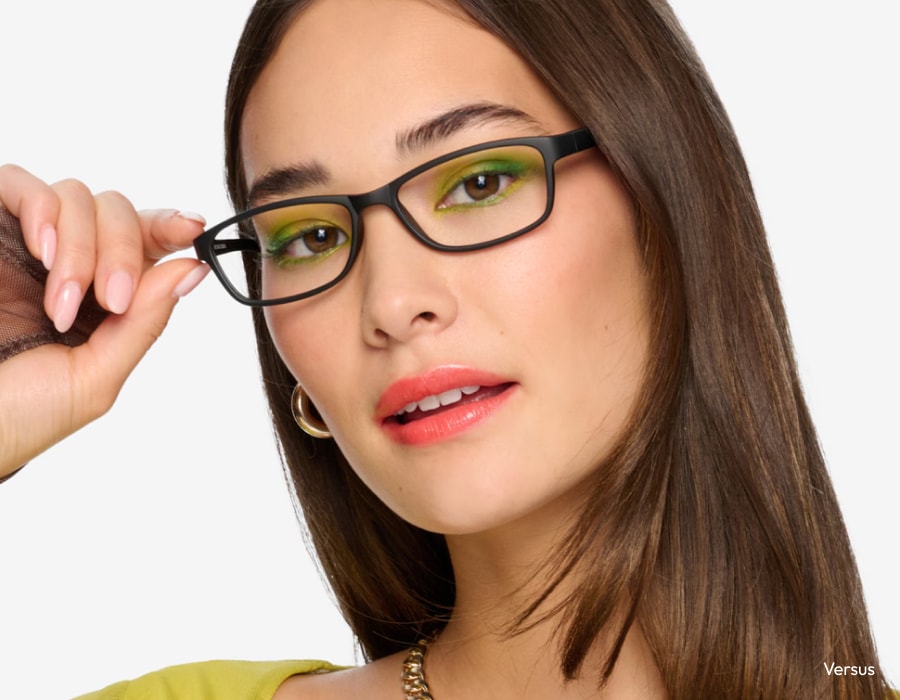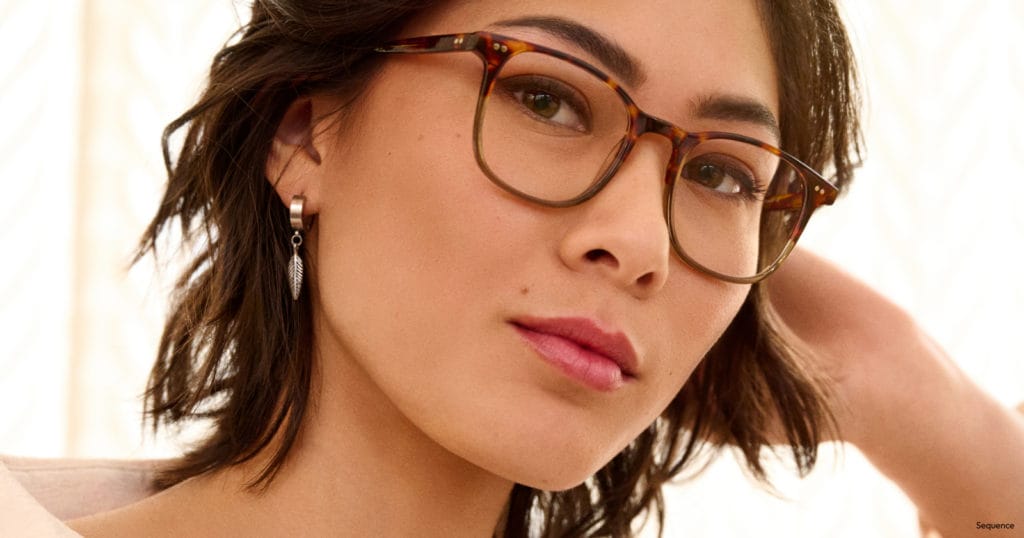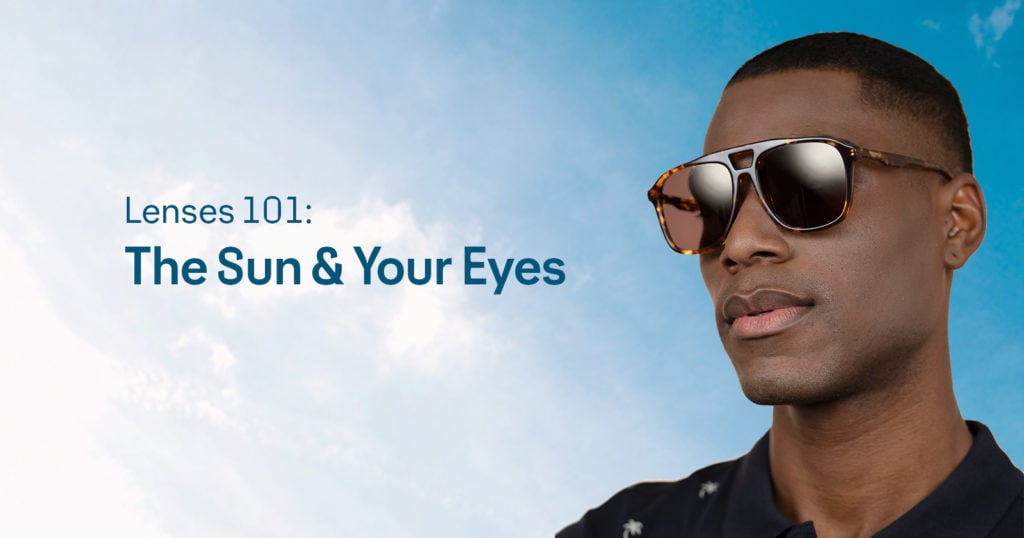Your glasses are important for clear vision and overall eye health, so updating them regularly is key. While many adults typically get a new pair every one to two years, changes in vision or health conditions might mean it’s time for an update sooner. Even if your prescription is stable, you might opt for a new pair for extra comfort or a frame style refresh.
Let’s explore how to know when it’s time to get new glasses and why keeping up with your eyewear matters.
Understanding the Need for New Glasses
Our vision is crucial for daily interactions, and as it evolves, our eyewear should, too. New technology offers more comfortable and functional eyewear options. Meanwhile, outdated prescriptions can lead to eye strain, headaches, and even accidents when driving. Regular updates help avert these issues and enhance quality of life. Eye exams can detect vision changes early, allowing for timely prescription updates and identifying potential eye problems before they escalate. Updating glasses goes beyond style—it’s crucial for eye health and maintaining clear, comfortable vision.
How Vision Changes Impact Daily Life
Vision changes can subtly impact daily life. Tasks like reading, using a computer, or enjoying a walk become challenging with blurry vision. These minor issues can lead to frustration and reduced productivity. At work, unclear vision can slow task completion and increase errors. At home, activities such as cooking or watching TV become difficult, affecting relaxation.
Changes in vision also influence social interactions by making it hard to interpret expressions and body language, which can lead to isolation or embarrassment. For drivers, even slight vision changes can be hazardous. Updating glasses is vital for effective daily functioning, improved social interactions, and safety, enhancing the overall enjoyment of life.
Factors Influencing How Often You Need New Glasses
Several elements contribute to how frequently you should replace your glasses. Keeping track of these factors helps ensure your glasses continue to meet your needs.

Vision Changes
As we grow older, vision changes may necessitate updating our glasses. Even minor eyesight alterations can affect reading or driving capabilities. Regular eye exams can detect these changes early, ensuring your glasses provide clear and comfortable vision.
Prescription Updates
Routine eye exams are essential for keeping your glasses prescription up to date. An eye doctor can detect changes in your vision even before you notice them. Most prescriptions expire after one to two years, making regular check-ups crucial to meet your current vision needs.
Lifestyle Factors
Your lifestyle influences how often you need new glasses. Spending more time outdoors might require lenses with UV protection. More screen time might necessitate glasses that block potentially harmful blue-violet light. As your lifestyle evolves, reassess your glasses to ensure they suit your needs.
Lens and Frame Condition
Regularly inspect your glasses’ condition. Broken frames or scratched lenses can diminish their effectiveness. Monitoring their condition ensures they remain comfortable and provide clear vision.
Style Changes
Beyond practicality, many seek new glasses for fashion. Fashion trends shift, as do personal tastes. New frames or vintage designs offer ways to express oneself. Advances in eyewear, like blue light filtering or transition lenses, cater to specific lifestyle needs, enhancing comfort and convenience. A change in style can boost confidence and align with personal goals.
Signs It’s Time for New Glasses
Knowing when to replace your glasses can make a big difference in your comfort and visual clarity. If you’re unsure whether it’s time for an update, pay attention to how your glasses feel, function, and perform during daily activities.
Physical Damage
Your glasses endure a lot every day. Over time, scratches can make lenses difficult to see through. Bent or broken frames may not fit well. If these issues arise, consider a new pair. Regularly check your glasses to maintain clear and comfortable vision.
Discomfort and Fit
Comfort is key with glasses. They shouldn’t pinch your face or ears or slip down your nose—this can be distracting. Properly fitting glasses stay in place and help you see well. If you’re constantly adjusting them or they feel uncomfortable, visit an optician for a better fit.
Vision Clarity
If you’re squinting or experiencing blurred vision, it might be time for a new prescription, indicating your current glasses aren’t appropriate. Regular eye exams can detect changes in your vision, ensuring your glasses aid in seeing clearly. Don’t overlook these signs—new glasses can significantly enhance your life.
When to Update Your Glasses
Choosing when to update your glasses is a personal decision influenced by lifestyle, vision changes, and style. Some choose to update their glasses due to prescription changes, while others seek a new look.
Consult an optician or eye doctor to determine if it’s time for new glasses. They’ll evaluate your eye health and prescription needs to help you make the decision.
Ultimately, deciding to update your glasses hinges on your needs. Whether for vision, comfort, or style, choosing the right time can improve your life and boost confidence. Remember, glasses are not just functional—they express your individuality!










